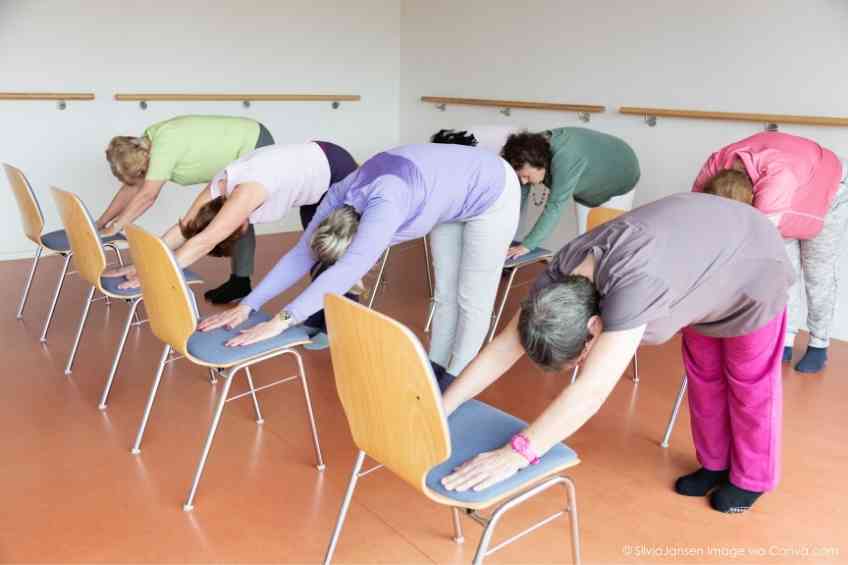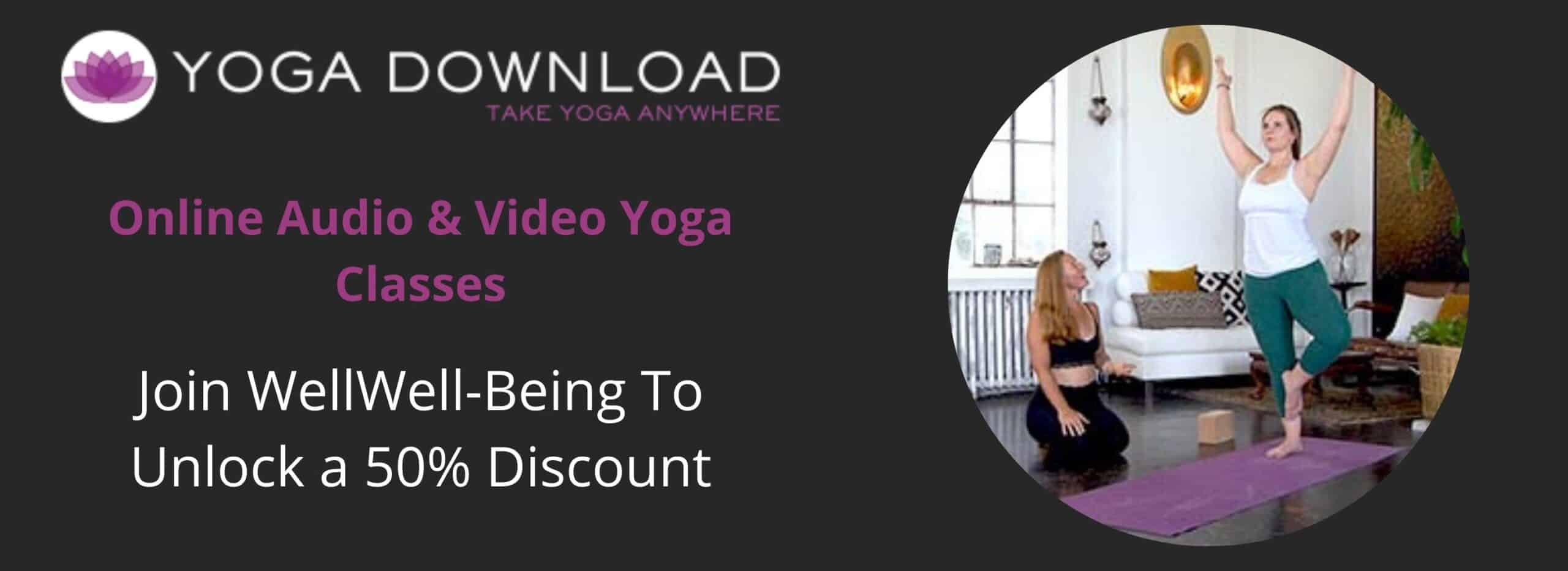By John Hand –
The practice of yoga dates back to ancient Hindu texts and seemingly has been evolving ever since. More recently it’s been stereotyped as an activity of wealthy lululemon-clad women and fit and flexible men. Stereotypes aside, yoga can improve flexibility, reduce anxiety, lower stress and increase strength. Now, however, is it increasingly seen as a weight loss and healthy aging practice for physically-challenged, older adults thanks to the emergence of chair yoga.
The practice isn’t entirely new. Yoga instructor Laksmi Voelker reputedly created it in 1982 when she noticed one of her students struggling with traditional yoga because of an arthritis flare-up. Voelker responded by having the student sit in a chair and participate in the class. The student thrived and Voelker realized she had an accessible and inclusive approach to yoga.
Since then, the practice has exploded as the population has gone grayer. YouTube now boasts more than 500 million different chair yoga videos, purporting to offer a range of weight loss and other physical benefits. In one video, yoga instructor Adriene Mishler demonstrates a chair yoga flow that activates muscles, improves posture and increases energy. This video alone has attracted more than 2.3 million views.
Chair yoga naturally is connected to traditional yoga. However, it is more accessible and gentle because the participant is sitting down. Voelker discovered this firsthand when she started using it for her own ailments. The results were profound. Diagnosed with osteopenia, a disease that lowers bone mass, she claimed chair yoga helped reverse the disease.
“When I had it for a couple of years and just couldn’t shake it, the doctor eventually wanted to put me on medication. I said, ‘No, thank you,’ and then I devised 12 chair yoga asanas to build muscle mass—regular mat poses that I brought to the chair,” Voelker explained.
Given that it is an extremely gentle and accessible approach, chair yoga participants tend to be in their 80’s or 90’s. This demographic tends to be ideal as studies have shown that older people see their balance and mobility improve through chair yoga. The practice also reduces their risk of falling.
Although many people who do chair yoga are older or have a disability, it can also be especially helpful for people who work at a desk all day.
“Chair yoga probably isn’t going to turn me into a hard-bodied gym bunny, but I notice that my neck and shoulders—constantly sore from staring at a computer—become less tight, and it’s also surprisingly useful for helping my mood,” Leah Rumrack wrote in Reader’s Digest after getting into chair yoga. “It’s almost like mentally changing the channel—even for such a short period of time—resets my grumpy brain from a state of stomping around to one of just irritated sighing. I’ll take it.”
Ultimately, chair yoga may not be for everyone or for every ailment or objective. But puns aside, it seems like it is worth sitting up and taking notice.













